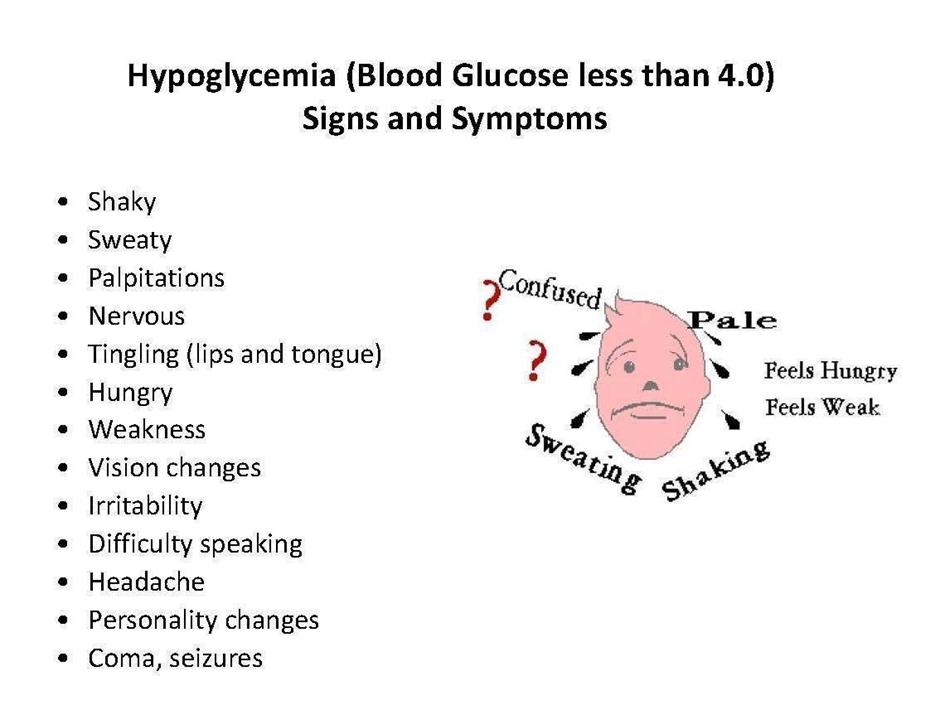A charge nurse in a long-term care facility will be implementing a new protocol to meet the Joint Commission's National Safety Goal of preventing health care-associated pressure ulcers. When informing the staff nurses about the new standard, the nurse should emphasize that which of the following actions is the priority?
Identify the clients at greatest risk for development of pressure ulcers.
Turn and position each client every 2 hr.
Use a barrier cream when performing perineal care.
Supervise clients to ensure adequate nutritional intake.
The Correct Answer is A
A. Identify the clients at greatest risk for the development of pressure ulcers.
This option emphasizes the importance of individualized care. By identifying clients at the highest risk for pressure ulcers, healthcare providers can tailor preventive measures to address specific risk factors such as immobility, nutritional deficits, and skin conditions.
B. Turn and position each client every 2 hr.
Regular turning and repositioning are crucial in preventing pressure ulcers, especially in individuals with limited mobility. This helps distribute pressure, reducing the risk of skin breakdown. However, this alone may not be sufficient if other risk factors are not addressed.
C. Use a barrier cream when performing perineal care.
Barrier creams can be helpful in protecting the skin from moisture and friction, especially in areas prone to pressure ulcers. While this is a good practice, it may not be the top priority compared to identifying those at the highest risk.
D. Supervise clients to ensure adequate nutritional intake.
Proper nutrition plays a vital role in maintaining skin integrity. Malnutrition can contribute to the development of pressure ulcers. Monitoring and ensuring adequate nutritional intake are important components of prevention but may not be the initial priority.
Nursing Test Bank
Naxlex Comprehensive Predictor Exams
Related Questions
Correct Answer is A
Explanation
A. Reposition the client every 2hr:
Regular repositioning helps redistribute pressure and prevent tissue damage. Turning the client every 2 hours is even better, especially for those at higher risk.
B. Elevate the head of the client's bed 45°:
Elevating the head of the bed can reduce pressure on the sacral area, which is a common site for pressure injuries. However, this alone is not sufficient, and regular repositioning should still be implemented.
C. Massage the client's bony prominences:
Massaging bony prominences can cause friction and shear, potentially increasing the risk of skin breakdown. This action is generally not recommended.
D. Provide the client with a high-calorie diet:
While proper nutrition is important for overall health, a high-calorie diet alone may not directly prevent pressure injuries. Adequate protein intake is particularly crucial for tissue repair and skin integrity.
Correct Answer is C
Explanation
A. Dry mucous membranes:
Explanation: Dry mucous membranes are not typically associated with hypoglycemia. Instead, they might be seen in conditions such as dehydration.
B. Fruity breath odor:
Explanation: Fruity breath odor is more commonly associated with diabetic ketoacidosis (DKA), which is a complication of hyperglycemia, not hypoglycemia.
C. Diaphoresis:
Explanation: Diaphoresis, or excessive sweating, is a common manifestation of hypoglycemia. It results from the activation of the sympathetic nervous system in response to low blood sugar levels.
D. Polyuria:
Explanation: Polyuria, or increased urination, is not a typical manifestation of hypoglycemia. It is more commonly associated with hyperglycemia and diabetes.

Whether you are a student looking to ace your exams or a practicing nurse seeking to enhance your expertise , our nursing education contents will empower you with the confidence and competence to make a difference in the lives of patients and become a respected leader in the healthcare field.
Visit Naxlex, invest in your future and unlock endless possibilities with our unparalleled nursing education contents today
Report Wrong Answer on the Current Question
Do you disagree with the answer? If yes, what is your expected answer? Explain.
Kindly be descriptive with the issue you are facing.
